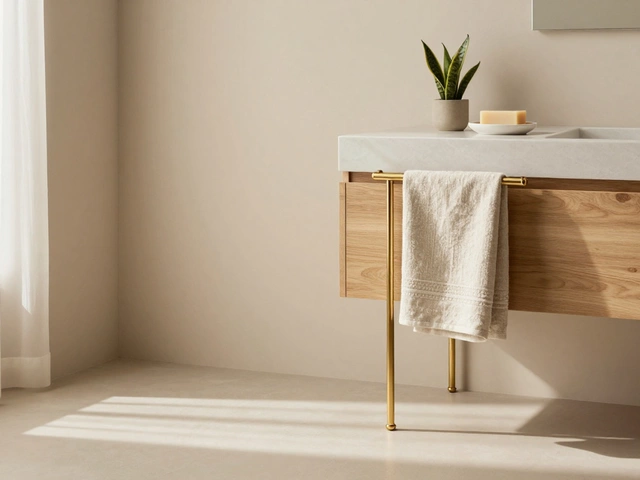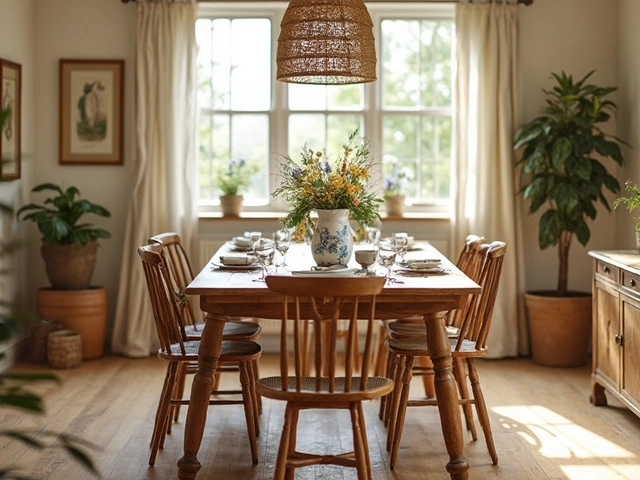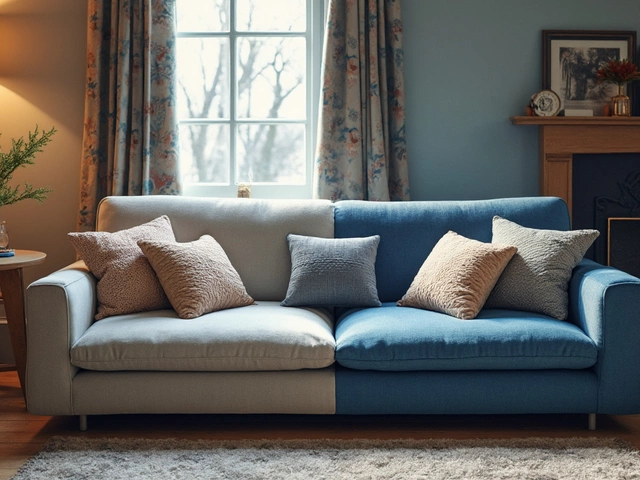Master's in Interior Design: What to Expect and How to Choose the Right Program
Thinking about a master’s degree in interior design? It’s a big step, but the payoff can be huge. You’ll dive deeper into design theory, learn advanced software, and get hands‑on projects that look like real jobs. Most programs also push you to build a strong portfolio, which is the key to landing better gigs after you graduate.
First, ask yourself why you want the degree. Are you after a higher salary, a leadership role, or the chance to teach? A master’s can open doors to senior design positions, consulting work, and even academic jobs. It’s also a way to specialize – think sustainable design, lighting design, or historic restoration. Knowing your goal helps you pick a program that matches.
Why a Master’s Can Boost Your Design Career
Employers often see a master’s as proof of commitment and expertise. You’ll learn to handle complex briefs, manage budgets, and coordinate with architects and engineers. Those skills stand out on a resume and can justify a higher rate for freelance work. Plus, most programs have industry connections, so you might land an internship or a project with a big firm before you even finish.
Another perk is the network. Your classmates, professors, and guest speakers become a community you can tap into for jobs, collaborations, or advice. That network can be priceless when you’re looking for the next opportunity. And don’t forget the research side – many schools let you explore cutting‑edge topics that can turn into a niche you own.
Choosing the Right Program and Planning Your Study
Start with accreditation. In the UK, look for RIBA or other recognized bodies. A well‑accredited course ensures your qualification is respected worldwide. Next, compare course content. Do they offer modules on the subjects you care about, like digital rendering or sustainable materials? Check if they have a strong studio component – real‑world projects beat theory alone.
Location matters too. If you’re based in the UK, you might prefer a school in a city with a vibrant design scene, like London or Manchester. Being close to firms can give you better internship options. Also, think about tuition and funding. Some universities offer scholarships for design students, and many employers will sponsor part of your study if you stay with them afterward.
Finally, plan your schedule. A master’s can be full‑time (one year) or part‑time (two to three years). Part‑time lets you work while you study, which can help you apply what you learn right away. Make a timeline for assignments, portfolio updates, and networking events so you stay on track.
Bottom line: a master’s in interior design can level up your skills, boost your earnings, and widen your professional network. Choose a program that fits your goals, check its accreditation, and plan how you’ll balance study with work. With the right approach, you’ll walk out ready to design spaces that wow clients and stand the test of time.






